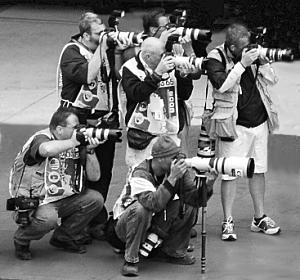Can Google-TV Help Liberate Cable-TV?
Tech nerds and media junkies have been buzzing lately about Google’s announcement that it will soon rollout Google-TV — a new device/platform that will turn people’s televisions into portals for online video and other web content.
Google representatives unveiled the project last week at a developers conference where they staged a Steve Jobs-like showcase that included animated demonstrations and bold statements about the end of TV as we know it.
Much of this was puffery, of course, but there is no denying Google’s determination to expand its dominion over the communications universe, nor the inevitability of the web’s eventual absorption of traditional television.
These two things terrify broadcast and cable executives. But the advent of web television might benefit traditional TV businesses –- particularly cable companies –- in one important category: First Amendment protection.


